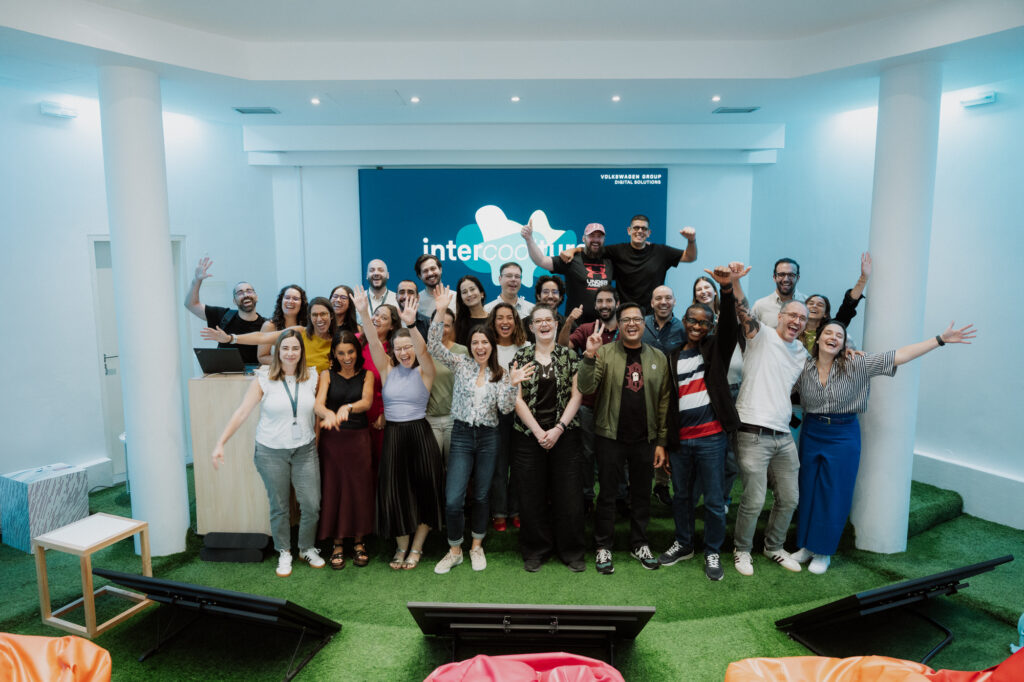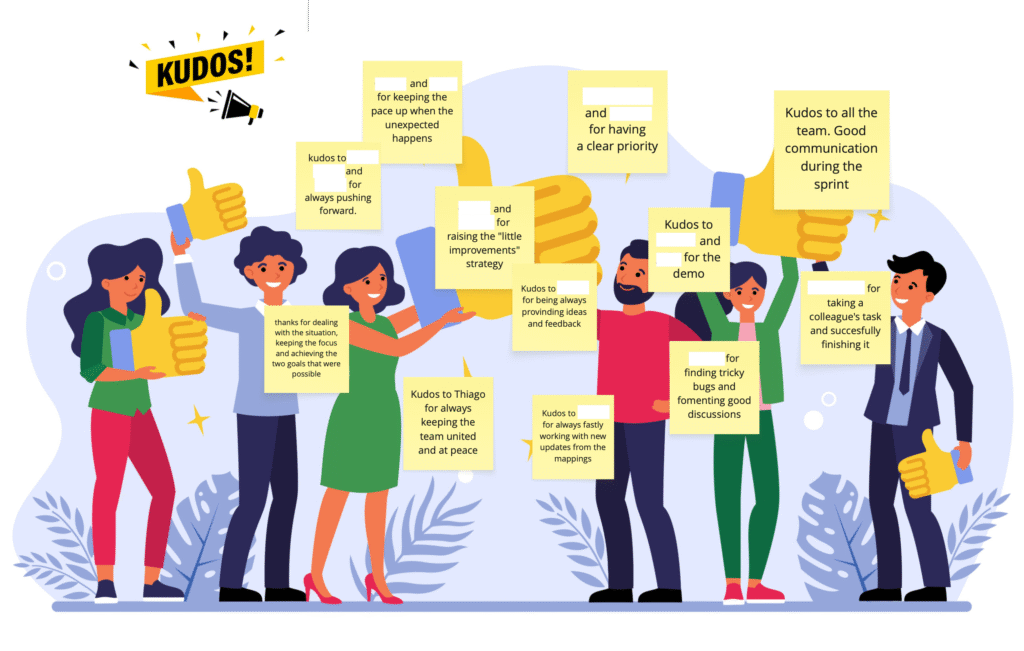Building Agile Teams at Volkswagen Group Digital Solutions [Portugal]: A Field Diary
When I first stepped into the role of Agile Enabler at Volkswagen Group Digital Solutions [Portugal], I didn’t expect the journey to be so layered. What began as a technical challenge quickly evolved into something more human and nuanced. This isn’t a guidebook. It’s a reflection. A story about two teams, two setups, and the many lessons learned along the way.
Starting Point: Two Teams, Two Realities
I joined two teams at different stages of their journeys. One was already formed but struggling. The other was just being born.
Team 1 had eight members, three of whom, including myself, were new. They were working on a product they hadn’t built, with minimal documentation. Deadlines were consistently missed, and the pressure was high. The Product Owner maintained a highly involved leadership style that, while well-intentioned, occasionally limited team autonomy. With roles still evolving, the team often found itself navigating overlapping responsibilities and shifting priorities.
Team 2 was smaller at first, just three of us. We were tasked with taking over a legacy product, with the promise that it would eventually be replaced. The stakes remained high, and the working style continued to be quite hands-on. Although the Product Manager from our side didn’t yet have full visibility and the Technical Product Owner took on a broad range of responsibilities, roles showed some improvement in definition.
The Role of an Agile Enabler
To me, being an Agile Enabler means doing whatever it takes to remove friction, whether it’s a process, a mindset, or a relationship. It’s about unlocking potential, not just following a framework.
With Team 1, I started by listening. One-on-one conversations helped me understand the pain points. Together with the Team Lead, we made some bold moves. We clarified roles across the team, which helped streamline responsibilities and reduce the need for close oversight from the Product Owner. We also improved the collaboration model between the Lisbon and German teams, fostering more effective communication and alignment.
Team 2 was different. I was part of its formation. From day one, I documented everything, tools, events, responsibilities, so that when new members joined, they had a foundation. We were absorbing knowledge from a German team, who unfortunately weren’t informed about the change until very late. This situation added complexity to an already challenging process, and we did our best to navigate it with sensitivity and respect.
Turning Points
In Team 1, two things changed everything. First, we stopped working on the old version of the software and started fresh. That gave the team a chance to show what they could really do. Second, the Product Manager changed, which helped reset the Product Owner’s perspective.
I made some tough calls. I cancelled all existing meetings and created new ones with only the necessary people. The Product Owner’s involvement was thoughtfully streamlined to focus on the review and business refinement sessions, ensuring their time was dedicated to the most strategic touchpoints. We introduced a RACI matrix and gave the Lisbon team full control over technical decisions.
But the real shift came from investing time in people. Team morale was understandably low, as repeated feedback around delivery created a challenging atmosphere. I advocated for the team, when necessary, absorbed the pressure, and focused on supporting the Team Lead through mentorship and guidance. That openness led to a new mindset.
Team 2 had its own challenges. We had three different Product Owners in six months. I enforced role clarity early, though initial recognition of the Product Manager’s contributions was lacking from the latest Product Owner. After numerous conversations and collaborative efforts, acknowledgment was finally given to the essential value brought by the Product Manager. The outcome represented a meaningful win, not just for the Product Manager, but for the team.
What Made a Difference
Creating a sense of team spirit was key. We spent time together, at the office, in events, even in meetings that had no agenda. Just talking. That built trust.
We made retrospectives a safe space, even with stakeholders present. Transparency became our currency. The decision to reduce the involvement from the Product Owner in team 1 happened quickly, but it was successful. We balanced it by making everything visible, boards, dashboards, meetings.
We treated the Product Owner as a colleague, not a client. That changed the dynamic. He felt part of the team, joined retrospectives, and even traveled to Lisbon to work with us.
Owning our mistakes openly didn’t backfire. It built trust. And advocating for the Product Manager role in Team 2 paid off.
Bringing business knowledge to Lisbon empowered the teams. They stopped feeling like executors and started acting like owners.
Lessons from the Field
Not everything worked. The changes I made in Team 1 were too abrupt. It was a gamble, and I got lucky. Team 2 suffered from the constant change in Product Owners. I should’ve been louder about that.
Being the glue of the team is rewarding, but exhausting. At times, I had to step back and let the team stand on its own.
Here are a few insights I’d share with anyone in a similar role:
Don’t follow the book blindly. Theory is a guide, not a rule. Be mindful of how much process you introduce. People push back when they feel boxed in. Let people explore. Structure is important, but so is freedom. Get to know your stakeholders personally. It matters. Consistency builds trust more than overdelivery. Focus on what really needs to be done. More isn’t always better.
The Impact
I know it’s a big ask but forget metrics and numbers for a moment. When people enjoy putting their best work forward, and deliver on their commitments, that’s a big success. Screenshots and dashboards can show progress, but they don’t tell the full story. Every team, every context is different.
Looking Ahead
Team 1 is entering Pre-Production. Soon, we’ll be in full production, and that will bring new pressures. My job now is to prepare the team for that shift.
Team 2 is finding its rhythm, but another Product Owner change is coming. We’re also planning a trip to Germany and dealing with legacy code. It’s not glamorous, but it’s necessary.
Final Thoughts
I hope this story helps others navigate the messy, beautiful process of building agile teams. If you want to talk about your own situation, reach out. Sometimes, just saying things out loud helps.


